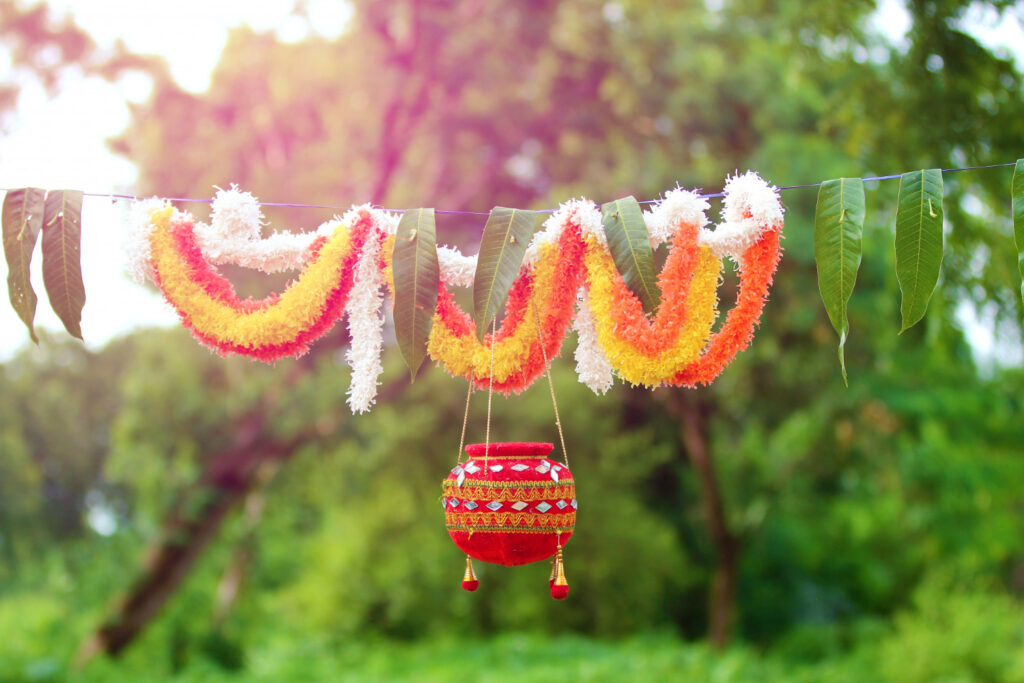
The Airavatesvara Temple in Darasuram: A Jewel in Chola’s Crown
Tamil Nadu, a land steeped in history and tradition, boasts an architectural legacy that stands as a testament to the cultural richness of the region. Among the myriad temples that adorn the landscape, the Airavatesvara Temple in Darasuram holds a special place. Built by the illustrious Chola king, Rajaraja II, this temple may be smaller than its counterparts in Thanjavur and Gangaikondacholapuram, but it is no less magnificent. Let’s delve into the enchanting tales and architectural marvels that make the Airavatesvara Temple a gem in the Chola dynasty’s crown.
The Legend of Airavatesvara Temple
Legend has it that the temple derives its name from Airavata, the white elephant of the king of heaven, Indra. According to one myth, Airavata was cursed during the churning of the ocean, causing its white skin to turn black. The elephant, it is said, regained its original color through prayers and ablutions in the temple’s tank. Another tale speaks of Yama, the god of death, who was cursed with a perpetual burning sensation and found relief by praying in this sacred space and bathing in the temple tank.
Architectural Grandeur
Despite facing invasions and the subsequent destruction of its seven walled tiers, the Airavatesvara Temple still stands as a testament to Chola’s grandeur. The entrance, marked by a damaged gopura, offers a glimpse of the temple’s former magnificence. The smaller gopuram inside, however, has been meticulously preserved, showcasing intricate carvings of ganas, surasundaris, and other motifs.
In the Lap of Intricacy
While Thanjavur and Gangaikondacholapuram temples impress with sheer size, the Airavatesvara Temple captivates with intricacy. A row of pillars adorned with exquisite carvings, a magnificent Nandi mandapa, and a smaller bali-peetha with lotus-petal carvings create an atmosphere of timeless joy and celebration. The temple’s sculpted panels tell stories of everlasting bliss through music and dance.
Cloisters, Bulls, and Stories
The prakara surrounding the temple reveals beautifully sculpted couchant bulls and pillared cloisters. These cloisters, transformed into mandapas, depict scenes from the lives of the 63 Nayanmars (Shaiva saints). Miniature panels, surprisingly, showcase everyday life, including yoga poses and childbirth. The ‘Rishaba Kunjaram’ sculpture, featuring conjoined heads of a bull and an elephant, stands as a marvel on one of the staircases.
Stories Etched in Stone
The Airavatesvara Temple is not just a spiritual haven but a storyteller’s paradise. Every inch of the temple narrates mythical tales and glimpses into contemporary life from the Chola era. Scenes of Shaiva saints, everyday activities, and a separate sanctum for Devi (Devanayaki Amman temple) add layers to the temple’s narrative.
In conclusion, a visit to the Airavatesvara Temple is an immersive journey into the heart of Chola artistry and spirituality. The intricate carvings, mythical tales, and vibrant depictions of life in a bygone era make this temple not just a historical relic but a living chronicle of Chola power and prosperity. As you explore this mystical sanctuary, you’re not just witnessing history; you’re creating your own stories inspired by the whispers of a glorious past.





